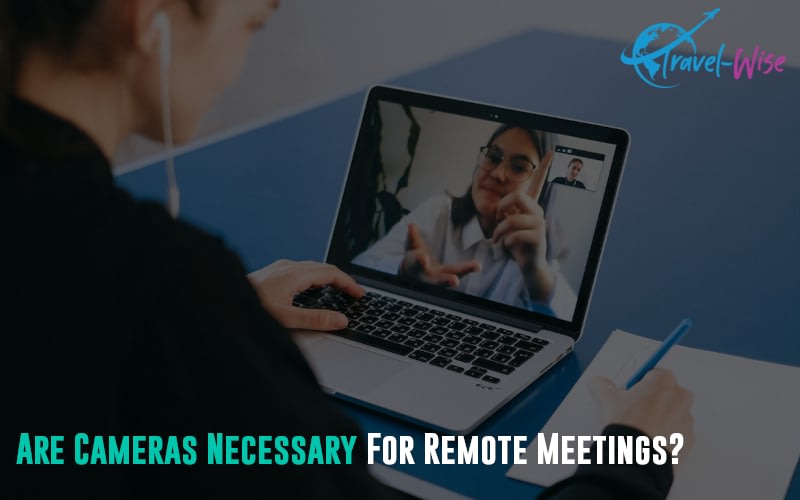Since the Pandemic of 2020, the way the world works and expectations around work has been shifting. As a result, everyone needed to find a way to do remote work efficiently for their businesses to succeed. This has spurred new behaviors, practices, technologies, and so forth to aid us in the shift. However, one such custom goes back to the basic understanding of psychology. So let’s dig in and ask ourselves, are cameras necessary for remote meetings?
Featured Image Credit
Understanding The Complex Brain
Humans are animals that use their eyesight as a primary driver for information to construct a perception of the world as we experience it. The brain commits the most resources for visual information; without it, we are left with our remaining senses to derive what they can. With that said, any keen eye watching two people physically next to each other in an immersed conversation will observe a lot of body and facial movements that coincide in the interaction that cue a lot of information to the two as they speak. Even if you join a conversation remotely with voice only, your body and face still make these gestures, but the information cannot go out with it—just your vocal inflections. There is definitive information loss that, traditionally, others would hope to receive and may be losing.
Further, this increased perception and awareness of the person you are speaking to allows a critically important ability—trust building. The information funnel from seeing a person gives quick responsive feedback that may register more vital emotional intelligence cues and associative behavior with the person you are talking to. Given the two sides of the conversation flow well, both sides will feel more satisfied with the communication exchange. Building trust over voice calls is still possible. Still, without the complete visual information, some may find it harder or impossible to form a trust bond with this communication style. It is even worse or impossible from the pure text as text removes all emotional depth to any message and leaves it to the reader to fill in the blanks of perception.
Communication is a complex subject. However, there is no doubt that face-to-face conversations in person or over a call are vastly superior to other forms when an emotional connection is necessary.
Rule Of Thumb & Audience
The important piece is that face-to-face is critical when an emotional connection is needed. That’s a rule of thumb. So, let’s explore some examples of where I must emphasize trying to do video calls.
- 1-on-1s – meetings where you commit a slice of your schedule and build relationships with others. To help give insights into your progress, career, time investments, and exchange, learn valuable information in return.
- Social meetings – meetings with the primary intent to bond. The ability to see someone’s face significantly increases emotional connection. Since a social meeting intends to increase bonding, there is a lot of incentive to encourage folks to join with cameras on.
- A negatively charged message – candid feedback or telling someone unwanted news- whatever the circumstance. Soften these messages and deliver them in a positive light via face-to-face meetings. It gives you much more information to respond dynamically to the person’s reactions.
- When presenting an emotional message – the message could be a mission statement for your team to rally behind. Alternatively, a message you want to stick into the mind of others. These messages go further when on camera and others see your face and energy delivered with them.
Should You Require Camera Always On Meetings?
I’ve heard this becoming a blanket rule in some businesses. Some logic might be that if all meetings used to be in person, all meetings should have a camera on moving forward. I don’t see in-person and camera-on meetings being the same, though. Something is lost. There is a definite feeling of camera fatigue when being in front of the camera all day. Ultimately, I do think these blanket strategies are not great, though. If you strategically use a camera in meetings to emphasize specific outcomes, I find it more significant than the blanket approach. Instead of desensitizing your team, you attune them specifically for maximum effect when those cameras are on.
If you enjoyed this article, Toptal has an excellent playbook for remote communication. It discusses everything for sustaining an enterprise-grade remote work environment, discussing essential topics around culture, productivity, and common problems. For other related articles on Travel-Wise, check out engineering, travel, and adventure here!
Did you know Travel-Wise was built from the ground up to make travel planning a breeze? Find out how the free tooling can help you plan your next adventure faster than ever.

